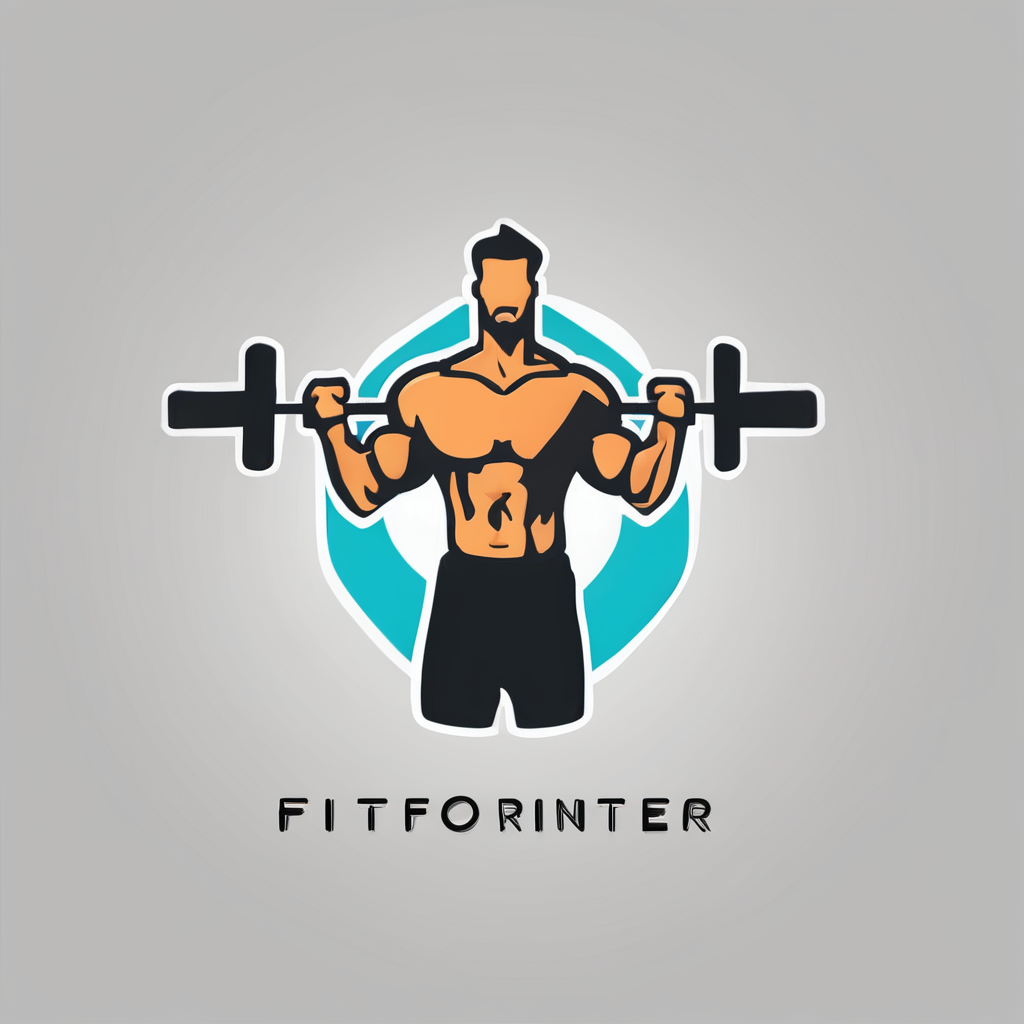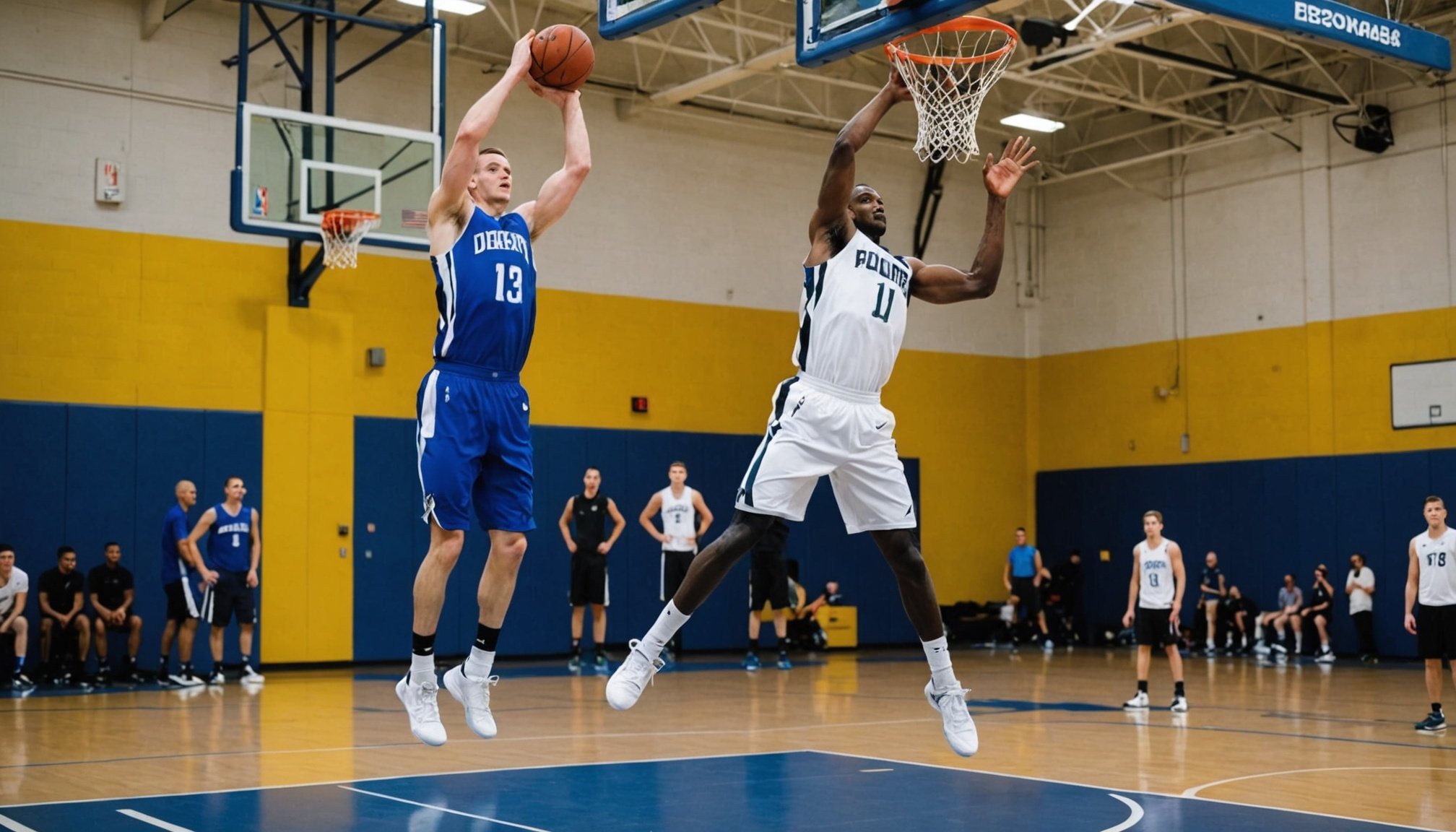Introduction
Basketball’s exhilarating energy often thrives on the court’s thrilling jumps. From executing impressive dunks to blocking shots with precision, your vertical jump serves as a testament to athletic prowess. But how can you enhance this skill? This article delves into effective training techniques to boost your vertical jump, ensuring you hold a competitive edge in every game. Rooted in scientific principles and seasoned with expert advice, these insights stand ready to elevate your performance.
Understanding the Mechanics of a Vertical Jump
Understanding the Mechanics of a Vertical Jump
Before embarking on a training journey, understanding the anatomy behind a vertical jump is crucial. This move involves a sophisticated interplay of your body’s major muscle groups. The quadriceps, hamstrings, calves, and gluteal muscles work in tandem to propel you skyward. Moreover, a successful jump relies heavily on the technique.
Have you seen this : How can basketball players balance training and recovery to optimize performance?
Knees should be slightly bent, and your body descends into a half-squat position before you launch. The explosive power generated comes from a swift extension of the legs, coupled with a synchronized arm swing. Engaging the core stabilizes your body mid-air, ensuring control upon landing.
To augment your jumping prowess, focus on both strength and flexibility exercises. These should target the specific muscles that drive the jump while maintaining joint health. An effective program not only enhances muscle power but also protects against injury, a common occurrence in high-impact sports like basketball.
In the same genre : How do different basketball leagues around the world compare in terms of player development?
Essential Exercises to Amplify Vertical Jump
Essential Exercises to Amplify Vertical Jump
Strengthening and conditioning your legs and core are pivotal in improving your vertical jump. Integrate a balanced mix of exercises that build explosive power and stability. Here are some key movements:
- Squats: A foundational exercise that targets the quadriceps, hamstrings, and glutes. Opt for both traditional and jump squats to cultivate explosive power.
- Box Jumps: These help hone your body’s ability to generate and transfer power efficiently. Start with a low box and gradually increase as your confidence grows.
- Calf Raises: Strong calves contribute significantly to your jump height. Perform them on an elevated platform for a full range of motion.
- Lunges: Focus on maintaining proper form, allowing the forward leg to bear the weight, and utilizing a full range of motion for maximum muscle engagement.
- Core Exercises: Planks, Russian twists, and leg raises help stabilize the torso, which is crucial for an effective takeoff and landing.
Incorporating these exercises into your routine will not only bolster your jumping capabilities but also enhance overall athleticism.
Crafting a Comprehensive Training Program
Crafting a Comprehensive Training Program
A well-structured training program balances intensity with recovery, allowing muscles to repair and grow stronger. Share your goals with a coach to tailor a regimen that addresses your specific needs, whether you’re focusing on increasing jump height or enhancing overall agility.
Frequency: Aim for three to four sessions per week, interspersed with rest days to prevent overuse injuries.
Duration: Each session should last between 45 to 60 minutes, ensuring ample time for a thorough warm-up and cool-down.
Progression: Gradually increase the weight or complexity of exercises to challenge the muscles continually.
Variety: Incorporate various drills and exercises, keeping both your body and mind engaged.
A well-rounded program should also include plyometric drills and flexibility exercises to enhance mobility and prevent stiffness. Remember, consistency is key. Keep a training journal to track your progress, making adjustments as necessary to maximize gains.
Maintaining Motivation and Overcoming Challenges
Maintaining Motivation and Overcoming Challenges
The path to jumping higher is not without its hurdles. Staying motivated can be challenging, particularly when progress stalls. Here are strategies to remain committed to your training:
- Set Realistic Goals: Define specific, achievable milestones to keep motivation high.
- Visualize Success: Imagine yourself executing the perfect jump on the court, fueling your determination.
- Partner Up: Share your journey with a teammate or friend; mutual encouragement can propel both to new heights.
- Celebrate Small Wins: Recognize improvements, no matter how minor, to maintain a positive mindset.
- Seek Professional Help: If you hit a plateau, consult with a coach or physiotherapist for fresh insights.
Remember, training doesn’t only enhance physical abilities; it also builds mental resilience. Persist through challenges, and the results will be evident not just in your vertical jumps, but in your overall performance on the basketball court.
Conclusion
Ultimately, enhancing your vertical jump for basketball is both an art and a science. By understanding the mechanics of jumping and committing to a rigorous yet balanced training program, you can unlock new levels of athletic achievement. Throughout this journey, maintain a steadfast focus on form and strength, ensuring longevity in your basketball career. Embrace the challenge, and share your success as you soar to greater heights on the court. Remember, with the right mindset and approach, the sky is truly the limit.











